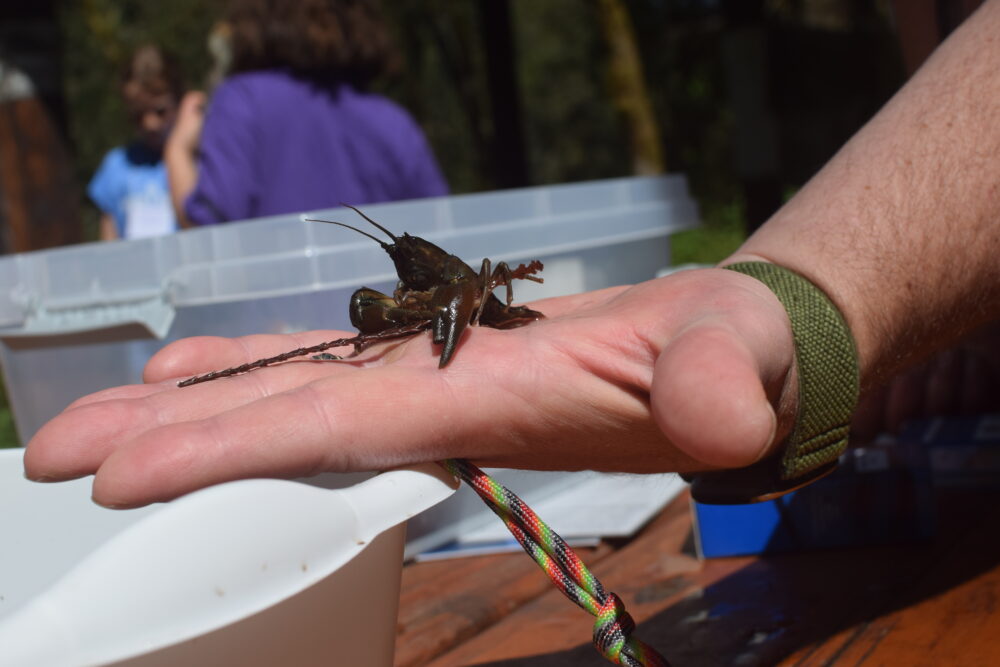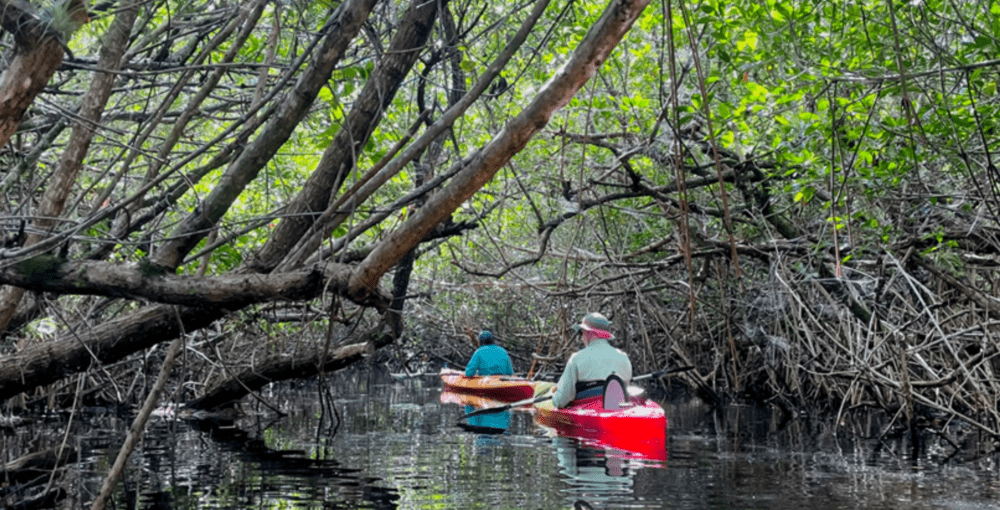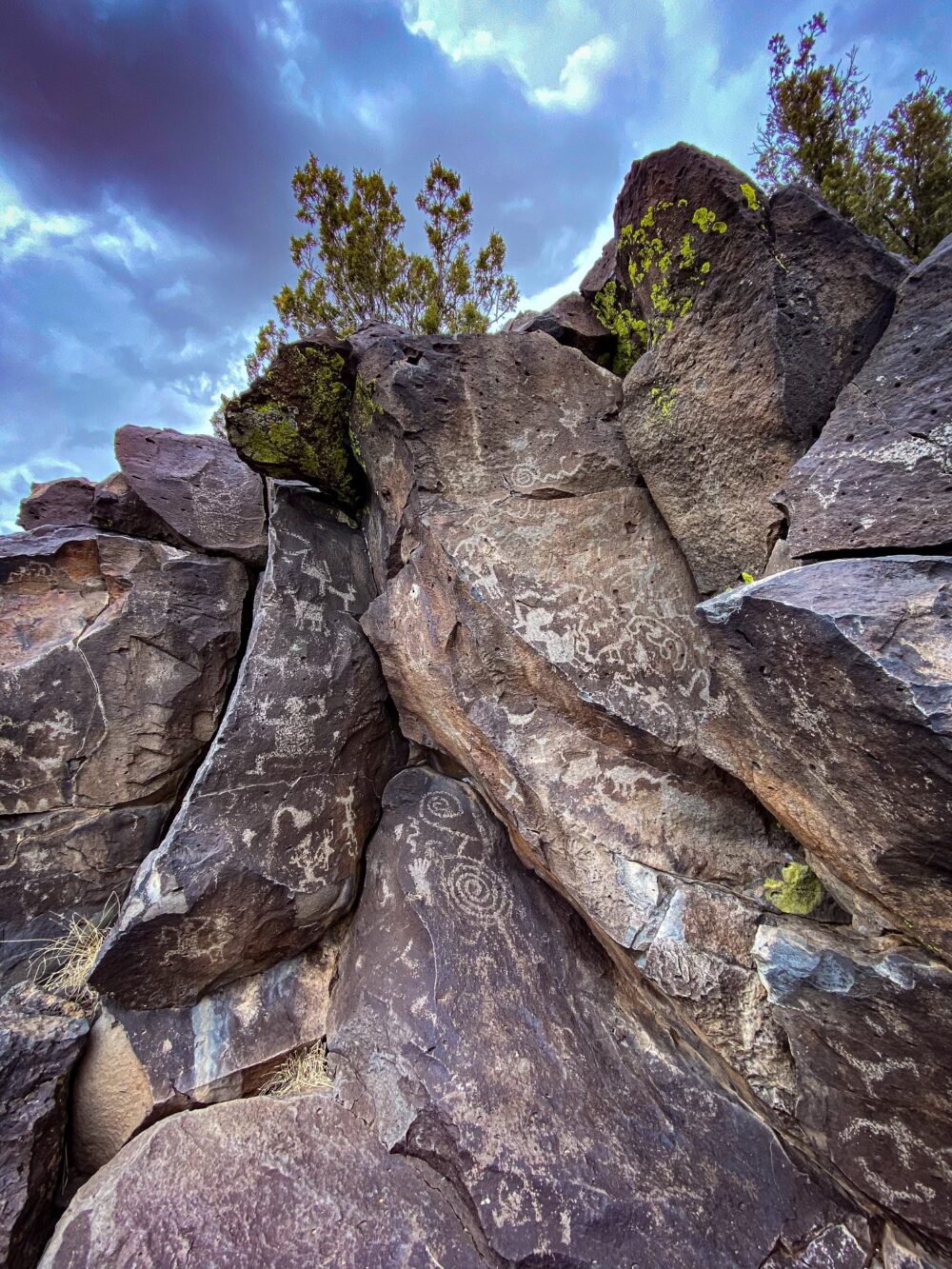We have much more to do and your continued support is needed now more than ever.
Spring into Nature – Getting Kids Active and Engaged with the Outdoors
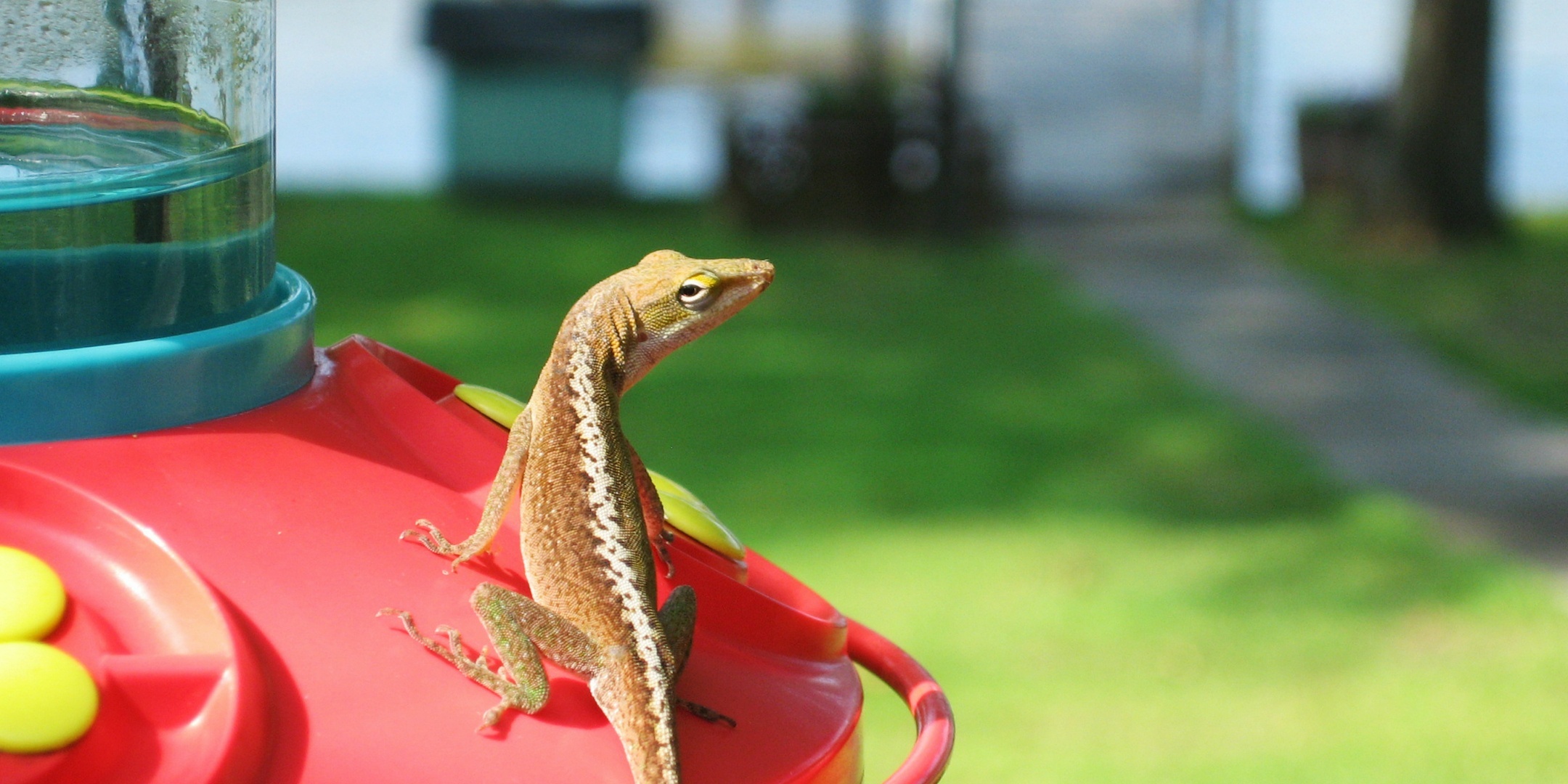
As the sun begins to shine and the snow slowly melts, parents and kids everywhere are anxious to get outside and enjoy the start of spring. The weather warms and wildlife emerge from hibernation, creating the perfect opportunity to introduce young kids to the wild outdoors through exploration, interaction and, even better, fun activities.
Getting outside as a kid is key for developing a lifelong love of the outdoors and appreciation for wildlife. The best way to connect young kids to a lifelong affinity for nature, wildlife and the outdoors is through regular positive experiences that provide physical, emotional, mental and developmental benefits along the way. Luckily, National Wildlife Federation has just what you need to get your spring started with these 10 outdoor ideas.
1. Garden for Wildlife
Get your yard, garden, or home outdoor space ready for the many animals, insects, and plants that thrive in the spring. Avian and insect pollinators play an especially vital role in the ecology of any environment, and creating a space made just for them is a great way to help the environment and your garden thrive. Research plants that are beneficial or native to pollinators in your region, identify areas to plant your garden and watch it grow as you cultivate and nourish the many organisms that live there. You can even certify your garden through the National Wildlife Federation Community Wildlife Habitat program. All you need is food, water, shelter, a place for wildlife to raise young, and to practice sustainable gardening habits.
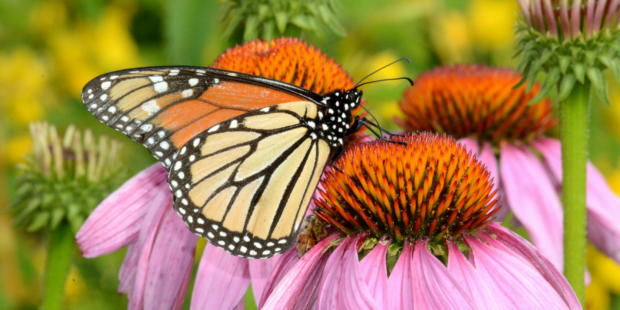
2. Create Natural Play Spaces
While playgrounds and swing sets are certainly fun options for young kids to get outside and stay active, creating a natural play space encourages creativity and critical thinking. Create a stick fort, arrange rocks into shapes and patterns or make an obstacle course with materials you find in nature and your backyard! The Early Childhood Health Outdoors (ECHO) program is a great example of the different ways you can naturalize your space, and they’re even working on transforming 28 new child care facilities.
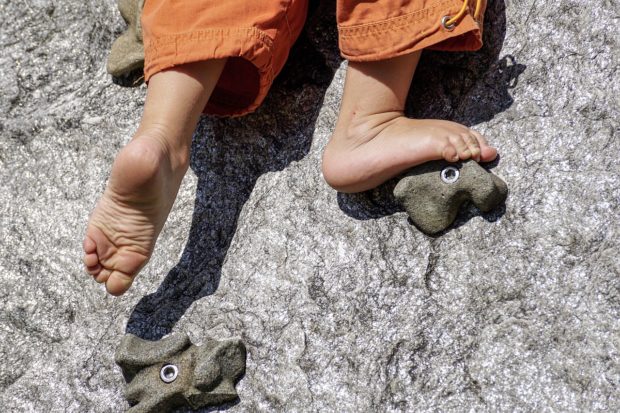
3. Have a Scavenger Hunt
What better way to get kids outside than a good old-fashioned scavenger hunt? It’s an easy and affordable way to encourage curiosity and activity. Create a list that includes items to get kids looking high and low for a fun exploration that requires multiple senses of sight, smell, sound and touch. Check out some helpful tips to get started.
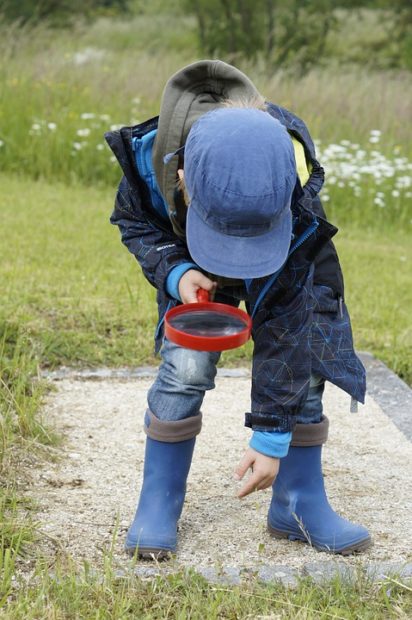
4. Find Animal Tracks in the Snow
Although spring has sprung, there is often still plenty of residual snow (and mud) left in and around our yards. Print out pictures of popular animal tracks that can be found in your area and let the adventure begin! Can you find any deer, raccoon, squirrel or bird tracks?
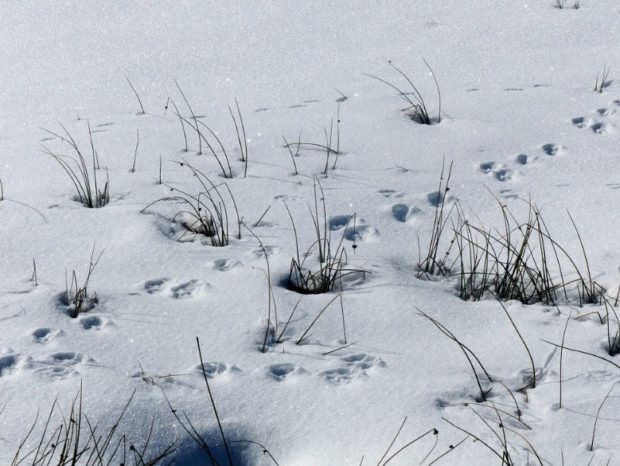
5. Make Pinecone Bird Feeders
An easy and inexpensive project perfect for the youngest ornithologists and a great way to add an instant feeding station right outside your window. Take your pinecone, apply peanut or nut butter, roll in birdseed from your local hardware or grocery storeand you’re done! Add small bits of fruit for an extra sweet treat – all that’s left is to tie it to a tree or hang it right from your house for instant bird watching. Looking for a step-by-step guide? This site has just what you need.
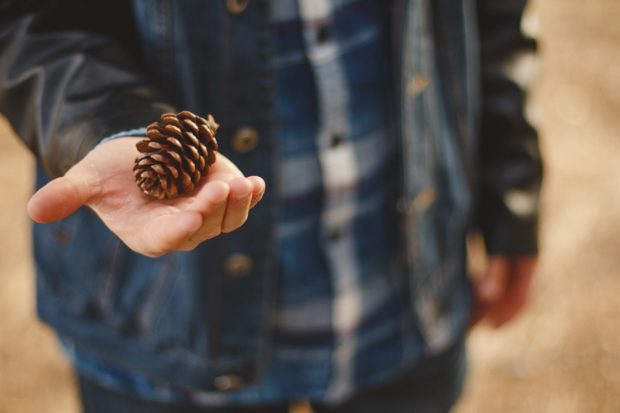 6. Take a Hike
6. Take a Hike
Spring is the perfect opportunity to get out and hike. Animals are active, flowers and leaves are blooming and the sun is shining. Visit your national or state park for fun trails, ponds and outdoor destinations.
7. Explore Outdoor Photography
What better way to get kids interested in nature and wildlife than with outdoor photography? Visit your local park or keep it close to home as you teach your kids how to use a camera and find the perfect plants, flowers or animals to photograph. Think you’ve got a great photo? You can submit it to Ranger Rick’s photo contest for a chance to be included in the Ranger Rick magazine. If you don’t have a camera, don’t worry! Bring a sketchbook and pencils to draw what you see and practice your artistic abilities.
8. Create Nature Art
Speaking of artistic ability, natural materials make for perfect art supplies. Leaves, twigs and berries can be turned into paints and writing tools or you can use surfaces to create natural prints on paper. All you need is a piece of paper, a surface such as tree bark, leaves, or flowers and the side of a pencil or crayon. Lay your piece of paper on your surface and start coloring over the top. Watch the texture and shape come to life on the paper. Another fun tip: Use paint on leaves for natural stamps!

9. Get out and Camp
Roast marshmallows, tell scary stories and bond with your kids as you experience the great outdoors. Camping creates lifelong memories and builds a connection with nature that will last for generations. This is also a valuable education opportunity for kids to learn about Leave No Trace principles, ensuring our wildlife is healthy for generations to come. First time camper? No problem! We’ve got you covered with helpful tips.
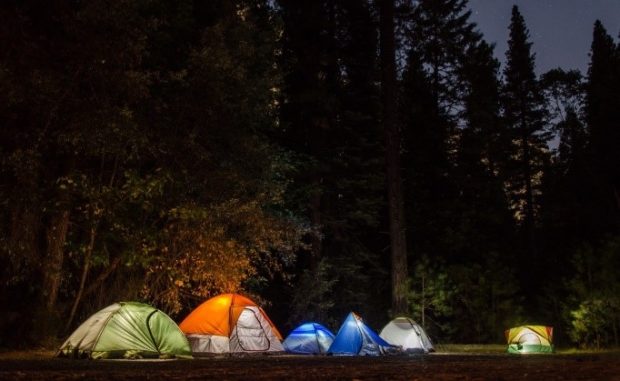
10. Canoe or Raft Down the River
Teach kids about the importance of our natural waterways while canoeing down your local river and observe the native fish that swim past. Pack a picnic to eat along the way, and don’t forget your camera to remember the adventure.
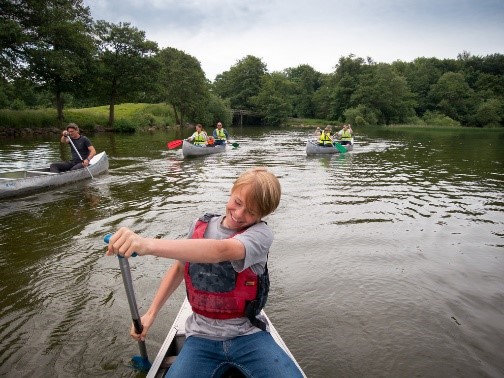
There are so many fun, affordable and educational ways to expose children to nature and wildlife, and we hope these 10 are just the beginning for you and your family! Have photos to share along your adventure? Post them on Facebook and tag us so we can join in on the fun.
Happy spring!
Like what you read? Support our education programs that help us inspire a future generation of conservationists:


















